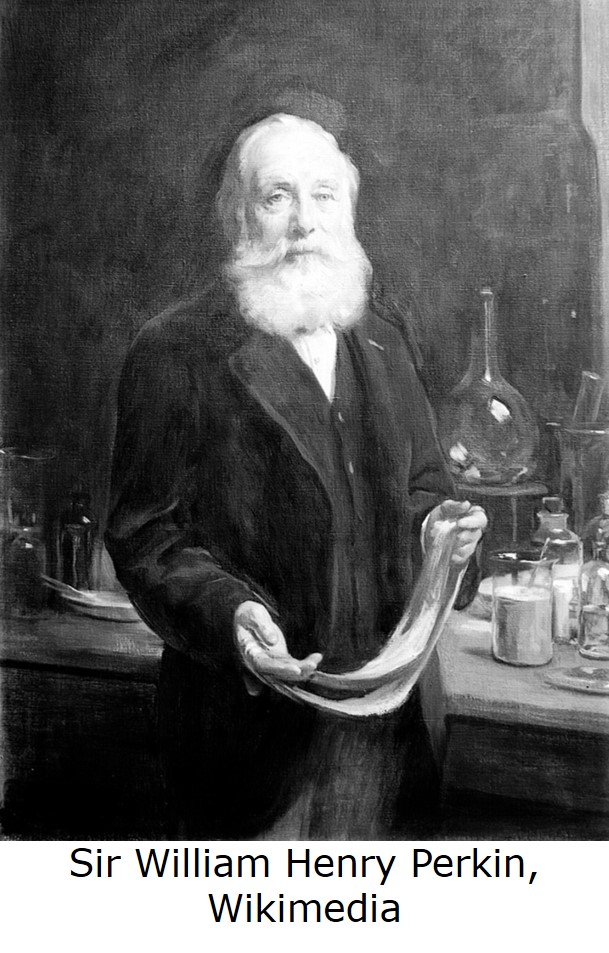By Suzanne Norquist
I color my hair. When I was thirty-two, I turned gray, but thanks to modern products, no one can tell.
Pink, purple,
and blue hair might be new trends, but people have tried to look younger and
more beautiful since antiquity. Men and women alike. Natural dyes could darken
hair and beards, and that’s what people wanted—darker hair. The dye advertised
below promises to change light, red, or gray hair to a beautiful brown or
black.
“An
official of the American Federation of Labor says he knows for a fact of many
men who are using dyes to hide their gray hairs ... to look young enough to
be able to hold their positions ... It is every day becoming more difficult
for a man past the prime of life to secure employment.”
Natural dyes,
similar to those used on wool and fabric, have existed for centuries. However,
different techniques are required because our hair can’t be boiled in dye like cloth
can.
In 1500 BC, Egyptians used henna dye prepared from the plant to darken hair. Greeks and Romans created other dyes, some of which proved too toxic to use.
Although scientific discoveries took place in the 1800’s, not much changed until the early 1900s. It took time for the new technology to be commercialized and even more time for people to start using it.
In 1863, English chemist William Henry Perkin accidentally developed the first non-natural dye. He was attempting to use coal tar to produce the malaria drug quinine. This discovery revolutionized the textile industry. The new dye produced a vivid color with staying power.
The first
commercial hair dye wasn’t developed until 1907 by Eugene Schueller. He founded
L’Oréal.
Since it took
a while for people to adopt these new products, Margaret Mixter’s 1910 book Health
and Beauty Hints provides several do-it-yourself recipes for hair dye.
One mixture
to color hair black or brown hair included tea and sage. The concoction needed
to be applied nightly, and it would stain the pillow. It also didn’t store well
for the next day’s use.
Another
natural option for brown or black hair included ground walnut shells. This one
took more than a week to prepare. And hair needed to be perfectly clean before
application. Any oils would ruin the job.
Alternatively,
silver nitrate (the main ingredient in photographic negatives) could be used.
Before coloring the hair, however, a sort of primer made from potassium sulfate
(fertilizer) and other products was applied.
To lighten
hair, bleaching with hydrogen peroxide was possible but not advised.
For a
beautiful golden tint, henna could be mixed with honey and rhubarb powder. The
person coloring their hair would sit in the sun for two hours. Then they would
wash the mixture out with ammonia and sit in the sun again.
Men and women could purchase hair dyes at the pharmacy or the barbershop. I presume these were bottled versions of the do-it-yourself concoctions. Most were designed to turn hair a “beautiful black.”
***
Four
historical romances celebrating the arts of sewing and quilting.
Mending
Sarah’s Heart by Suzanne Norquist
Rockledge,
Colorado, 1884
Sarah
seeks a quiet life as a seamstress. She doesn’t need anyone, especially her
dead husband’s partner. If only the Emporium of Fashion would stop stealing her
customers, and the local hoodlums would leave her sons alone. When she rejects
her husband’s share of the mine, his partner Jack seeks to serve her through
other means. But will his efforts only push her further away?
For
a Free Preview, click here: http://a.co/1ZtSRkK
She authors a
blog entitled, Ponderings of a BBQ Ph.D.









Thanks for posting today. It's a wonder people survived some of those concoctions! I'm glad we advanced the technology.
ReplyDeleteIt is indeed a wonder they survived.
DeleteI enjoyed reading this information. I colored my hair for a long time and it was costly at the salon and ended up black if I did it myself. So I decided to stop coloring my hair and let it go gray. I'm so glad I did! I've had many people tell me they love it and a hair dresser once told me people pay big bucks to try to get their hair like mine. Although I do miss my dark strands, I have learned to like the big curls.
ReplyDeleteWe go to so much effort to change the way we are. People have said that about my silver/white hair, but I haven't been brave enough to go natural.
Delete